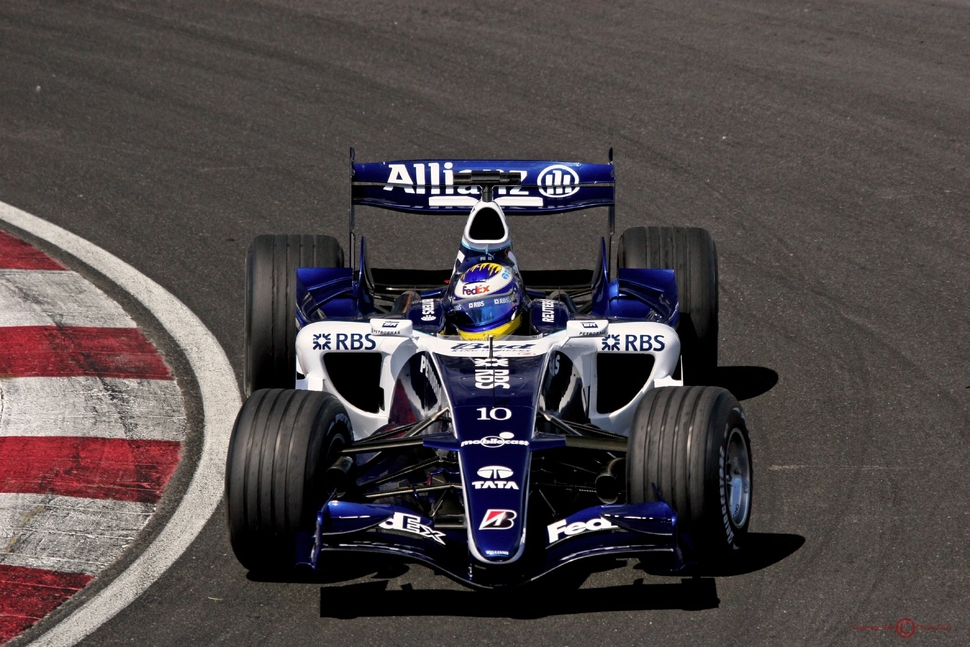A new model has been introduced however, in which patents are made available to others since they consider them to be aspiring similar goals as the owner of the patent himself. This usually comes from a company’s sustainable vision which desires a transparent appearance. But last week I read about a different interesting way of knowledge sharing which shows collaborate thinking for the greater good.
Formula 1 team Williams has created a research center which focusses on the implementation of their knowledge and technologies regarding formula 1 cars in other branches to expand their horizon. Within the formula 1 business, they are specialized in the behavior of air flows around the car and the way they can steer those flows to generate a minimum of resistance.
With this knowledge, they decided to focus on a huge energy consumer which uses air flows in their system: supermarket fridges. Williams’s expertise and software for simulating air flows has created a thin strip of plastic shaped like an aerofoil which can be attached to the shelves of a fridge to channel the flow of cool air and to restrict it from leaving the fridge. Therefore helping in reducing the energy usage by 10 to 32 %.
By expanding their horizon, Williams is trying to aid in sustainable development by applying expertise which they already master. In my opinion, it is one of the most fruitful ways of sustainable thinking. We don’t have to invent the wheel for the second time, but by analyzing what we have already developed and with some creative match making we should be able to make big steps within our current pool of techniques.
The knowledge can still be owned by their rightful owners, but the output of these innovations can reflect on multiple markets at the same time. It seems that this scenario only knows winners and the only difficult step to take would be to guide this creative match making and to convince parties to jump into other unknown market segments than their own. Therefore, a financially attractive picture has to be sketched to convince these companies to work with each other.
Maybe this could be an important job for this generation’s sustainable entrepreneurs, since they have grown up with the necessity for a sustainable future and they have the entrepreneurial instincts necessary to match the proper companies with each other to grow to greater heights.
Williams develops electricity saving product
Williams harnesses Formula One aerofoil technology for fridges
